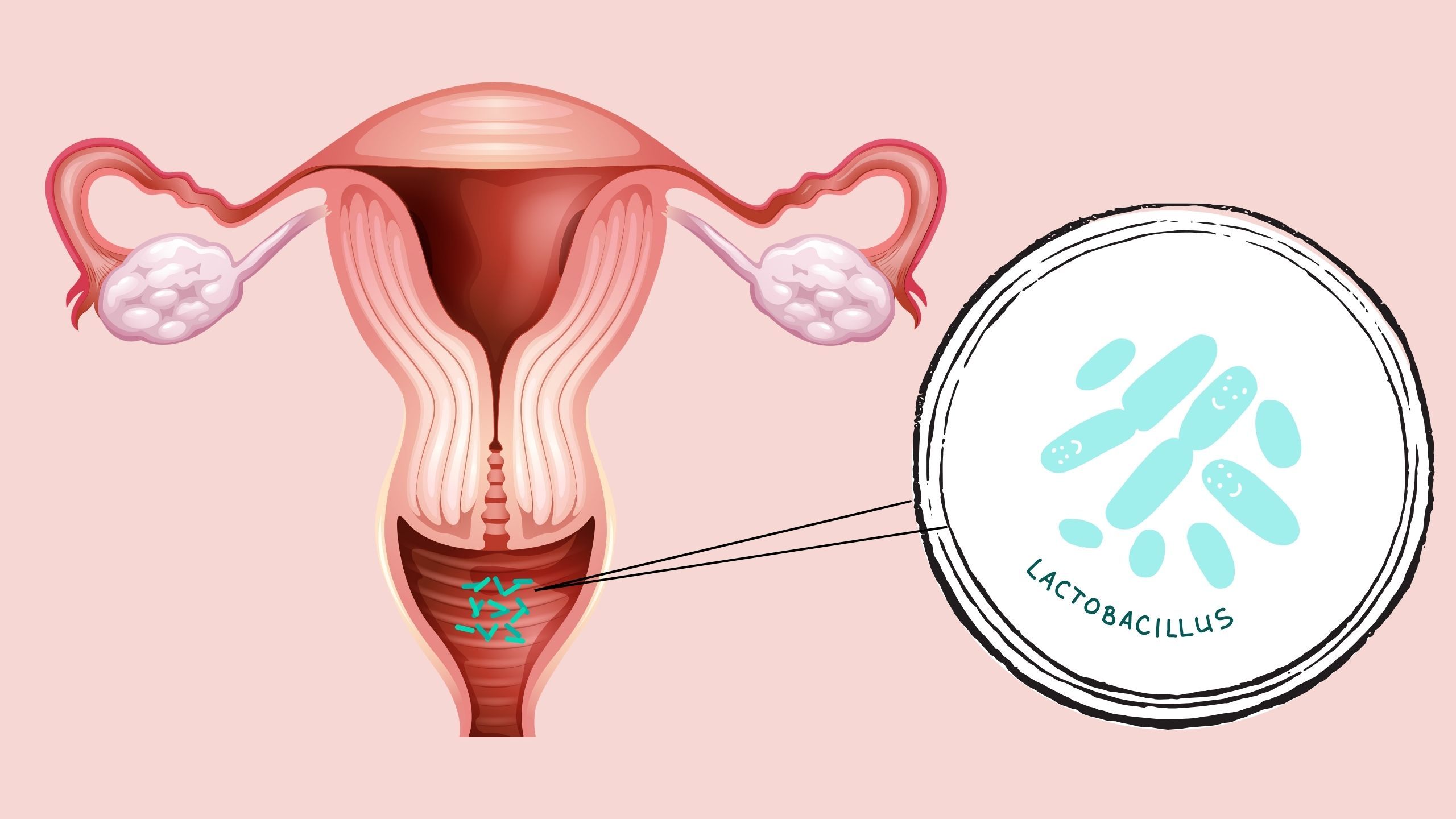Day of the Dead: The Traditional Holiday & Its Sexy Appeal

The Allure of Life, Death, and Desire
Every November, as marigold petals scatter across streets and altars bloom with flickering candles, Mexico celebrates El Día de los Muertos — a festival where death isn’t feared but flirted with. This ancient tradition, born from a blend of Aztec reverence and Catholic ritual, has evolved into one of the world’s most visually and emotionally captivating holidays.
But beyond its color and pageantry lies something subtler — an erotic undercurrent that stirs both the body and the soul. The Day of the Dead reminds us of mortality, yes, but also of vitality, sensuality, and the intimate dance between attraction and impermanence.
This is not about sexualizing the sacred. It’s about understanding how rituals around death — painted faces, candlelight, adornment — awaken a primal connection to being alive.
In Brief
- Meaning: remembrance as a celebration of life and beauty.
- Sensuality: adornment, candlelight, scent, and intimate ambience.
- Respect: authenticity over caricature; learn La Catrina’s story.
- How-to: mindful makeup, marigold scent, simple ofrenda, quiet reflection.
1. The Origins: Where Death Meets Beauty
Cultural Insight
La Catrina, popularized by José Guadalupe Posada, satirized vanity and reminds the living of shared mortality.
Marigolds (cempasúchil) symbolize the sun’s path and are believed to guide spirits home.
Before Spanish colonization, the Aztecs believed death was not an ending but a transformation. The goddess Mictecacihuatl, “Lady of the Dead,” ruled over the afterlife, often depicted as both skeletal and voluptuous — a reminder that beauty and decay coexist.
When Catholicism arrived, All Saints’ Day and All Souls’ Day merged with indigenous practices, giving birth to El Día de los Muertos. Over time, this hybrid celebration transformed from solemnity to sensual symbolism: skulls adorned with roses, faces painted in intricate symmetry, bodies wrapped in lace and silk, and hearts brimming with nostalgia.
It’s no coincidence that the feminine figure — La Catrina — became the holiday’s central icon. Created by illustrator José Guadalupe Posada in the early 1900s, La Catrina is an elegantly dressed skeleton who mocks the vanity of the living. Yet she is also irresistibly magnetic — a paradox of grace and decay. Her allure lies in how she owns her mortality.
2. The Psychology of Erotic Mortality
Why does the Day of the Dead carry such sensual energy?
Psychologists might say it’s because death intensifies desire. When we confront impermanence, even symbolically, we feel life more vividly. The same instinct that drives us to kiss someone we love, to dance in the dark, to adorn our bodies with color and scent — it’s a rebellion against the void.
Dr. Ernest Becker, in The Denial of Death, argued that all human striving, including romance and art, stems from our awareness of mortality. In this light, Día de los Muertos becomes a cathartic space where eroticism and death intersect — not as opposites, but as reflections of the same longing: to be remembered, to be felt, to matter.
Lighting candles, painting faces, wearing flowers — these are not just acts of remembrance, but acts of sensual defiance.
3. Ritual Adornment: The Body as Altar
For women especially, the ritual of dressing for Día de los Muertos carries deep emotional and aesthetic meaning.
From smoky eyes that mimic hollow sockets to crimson lips reminiscent of life’s pulse, the transformation into a living “Catrina” is both theatrical and empowering. The process mirrors ancient rituals of adornment — where makeup and dress were not vanity but devotion.
Lingerie-inspired lace blouses, corseted dresses, flowing skirts, and skeletal body paint are common not because they eroticize death, but because they romanticize existence.
The modern Day of the Dead costume can be sensual, mysterious, and even provocative — yet it rarely feels disrespectful. It channels the sacred feminine, the eternal balance of life and death, beauty and decay.
“To paint your face for Día de los Muertos is to acknowledge that beneath the skin, we all share the same bones,” says Mexican artist and designer Fernanda Gómez. “It’s not about sexiness in the Western sense — it’s about owning your mortality, and in that, there’s profound allure.”
“When you paint a skull on living skin, you’re not courting death—you’re declaring aliveness.”
4. Love, Memory, and the Erotic in Remembrance
There’s another layer to the Day of the Dead that’s rarely discussed: intimacy with memory.
Altars (ofrendas) often feature photographs of loved ones who have passed, but they also include their favorite foods, perfumes, or even lipsticks — sensual tokens that recall touch, scent, and taste. These sensory elements invite a kind of emotional intimacy that can feel almost romantic.
In Mexican culture, to remember someone fully is to feel them — their laughter, their gestures, even their physicality. This embodied remembrance bridges life and death through sensual memory.
For couples, attending Día de los Muertos festivals together can become a ritual of closeness. The shared act of honoring ancestors and acknowledging impermanence deepens emotional and physical bonds. Many describe it as strangely romantic — an evening where candlelight, scent, and reflection mingle into something quietly erotic.
Quick-Start
Tools: candles, marigolds (fresh or paper), small photo, favorite perfume, a scarf or lace piece.
Do: learn the meaning, keep it elegant, use scent and candlelight, create a simple ofrenda, reflect quietly.
Don’t: parody the tradition, use exaggerated stereotypes, treat it as a costume party only, ignore safety with candles.
Elements & Meanings
| Element | Meaning | How to Use |
|---|---|---|
| Marigolds | Guiding spirits; sun’s path | Petals on table path; small bouquet by photo |
| Candles | Light, presence | Group in threes; keep away from fabrics |
| Scent | Memory through aroma | Perfume dab on scarf; incense with ventilation |
| Lace/Veil | Elegance; intimacy | Subtle headpiece or shoulders; avoid caricature |
| Photo | Remembrance | One small frame; a few words of gratitude |
5. How to Experience the Day of the Dead Sensually and Respectfully
a) Embrace Authenticity Over Costume:
If you’re attending or celebrating, understand the meaning behind what you wear. Avoid caricatures. Instead, learn the story of La Catrina, and let your look reflect reverence — elegance with intention.
b) Use Scent to Anchor Emotion:
Marigolds (cempasúchil) are the flower of souls. Their musky, citrus aroma is said to guide spirits home. Incorporating marigold perfume, incense, or oil into your preparation can awaken a deep, sensory link between body and ritual.
c) Set an Intimate Altar:
Whether you have Mexican heritage or not, you can create an altar that honors memory and vitality. Include candles, flowers, and objects that connect to your life passions — music, art, love letters, even lingerie — symbols of what makes living sensual.
d) Allow Reflection to Be Erotic:
Light a candle, write a letter to someone you’ve lost, and notice how the act feels — tender, raw, alive. This awareness of fragility and connection is the essence of sensual mindfulness.
e) Celebrate the Night as Living Art:
Many Día de los Muertos gatherings feature music, dance, and candlelit processions. Participate not as a spectator but as a living part of the art — your body, your breath, your movement honoring both life and loss.
Respectful Celebration Checklist
✔ Learn the story of La Catrina and the holiday’s meaning.
✔ Keep makeup elegant and symmetrical; avoid caricatures.
✔ Use marigolds, candles, and scent to anchor memory.
✔ Create a small ofrenda with one photo and a personal token.
✔ End the night with a quiet reflection or love letter to the departed.
6. The Feminine Archetype: La Catrina as Modern Muse

La Catrina is often misunderstood as a symbol of death. In truth, she is a mirror for the living — elegant, self-aware, unapologetically adorned.
Her sensuality isn’t overt; it’s existential. She stands as a reminder that grace doesn’t end with time, and that to own your mortality is the highest form of confidence.
Modern women have reimagined La Catrina through photography, performance, and fashion — from haute couture editorials to Instagram tributes. But the core remains: she embodies composure in the face of decay, beauty that refuses to vanish.
In this, she becomes not only a cultural icon but a sensual one — not for what she reveals, but for what she accepts.
7. Beyond Mexico: Global Fascination and Feminine Mystique
From Los Angeles to Paris, Tokyo to Berlin, Day of the Dead celebrations now attract millions. The imagery — skulls, lace, marigolds — has transcended borders. But its deeper pull comes from universal themes: remembrance, transformation, sensual defiance.
For many women outside Mexico, participating in Día de los Muertos is a way to reconnect with ancestral energy — even if their ancestors are from elsewhere. It speaks to something primal: the urge to beautify mortality, to face death with color and grace instead of fear.
In a culture that prizes youth and denies decay, Día de los Muertos feels revolutionary — a space where wrinkles are wisdom, bones are beautiful, and love outlasts flesh.
8. The Sensual Philosophy of Death Acceptance
At its heart, the “sexy appeal” of the Day of the Dead isn’t about physical attraction — it’s about vital presence.
When you accept death, you live more vividly. When you dress in lace and paint your face like a skull, you’re not courting morbidity — you’re declaring aliveness.
This acceptance carries sensual energy: an unfiltered connection to sensation, emotion, and embodiment. It’s what philosopher Georges Bataille called the “eroticism of continuity” — the recognition that life and death are not separate, but one continuous pulse.
For women especially, this perspective can be liberating. It replaces the cultural pressure to preserve youth with something richer: the art of embracing impermanence beautifully.
9. A Modern Reflection: How to Carry the Spirit Forward
You don’t need to be in Mexico to honor the essence of Día de los Muertos.
You can wear red lipstick with intention, light a candle for someone you loved, or spend an evening with a friend talking about the lives that shaped you. Sensuality is not limited to touch — it’s in attention, presence, and memory.
Even the act of preparing your space — laying out flowers, choosing music, dimming lights — can be a sensual ritual of gratitude for being alive.
In this way, Día de los Muertos becomes more than a holiday. It becomes a reminder that every breath is borrowed, and every touch sacred.
Q & A
Is it appropriate to participate if I’m not Mexican?
Yes—if you learn the meaning, avoid stereotypes, and keep your look elegant and respectful. Think appreciation, not imitation.
How do I balance sensuality with respect?
Use subtle lace, soft makeup, and candlelight. Focus on remembrance and intimacy, not shock value or parody.
What belongs on a small home ofrenda?
A photo, marigolds or paper flowers, candles, a favorite scent or food, and a handwritten note of gratitude.
Any safety tips with candles and fabrics?
Keep open flames clear of lace and veils, use heat-safe holders, and never leave candles unattended.
Final Thoughts: Seduction in Stillness
The Day of the Dead teaches that mortality is not the enemy of beauty — it’s its source.
When you see a woman dressed as La Catrina, her face painted in perfect symmetry of bone and bloom, she is not merely wearing a costume. She is performing an ancient truth: that sensuality and spirituality are intertwined.
In remembering the dead, we remember to feel alive — to touch, to love, to adorn, to laugh, to breathe in color before it fades.
There lies the true sexy appeal of the Day of the Dead: not in the body, but in the soul’s quiet seduction of life itself.
Disclaimer: The articles and information provided by the Vagina Institute are for informational and educational purposes only. This content is not intended to be a substitute for professional medical advice, diagnosis, or treatment. Always seek the advice of your physician or another qualified health provider with any questions you may have regarding a medical condition.


 English
English  Deutsch
Deutsch  Español
Español  Français
Français 




